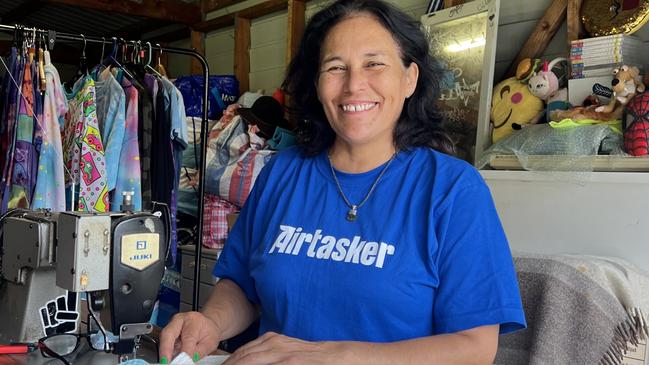ATO’s tax changes for working from home: how to navigate them
Understanding how the new tax changes affect you – and what to do – delivers the best chance of grabbing a good refund for working from home.
Big changes to working-from-home tax deductions have come into force, and Australians who don’t take notice could face a nasty surprise.
The Australian Taxation Office announced changes last month that increase the cents per hour that can be claimed under its popular fixed-rate method, but tax specialists say the devil is in the detail.
The ATO previously scrapped its 80c-per-hour Covid-related shortcut method from July 2022, and has not changed its actual cost method for home office deductions, where receipts and written records are kept for everything.
But it has overhauled its popular fixed rate method, which was a deduction of 52c per hour that allowed people to separately claim phone, internet, stationery and computer expenses and depreciation.
The new fixed rate – backdated to July 2022 – is 67c per hour, and now encompasses phone and internet usage, energy costs, stationery and computer consumables, but not depreciation.
The ATO says transitional measures are in place: “From 1 July 2022 to 28 February 2023, we’ll accept a record which represents the total number of hours worked from home – for example a four-week diary”. But from March 1, all hours worked from home must be recorded, it says.
NEGATIVE IMPACT
H&R Block director of tax communications Mark Chapman says the changes “will negatively impact millions of taxpayers, both through the impact of the lower deductions available and the inconvenience of the increased compliance requirements”.

Chapman says people who use their phones widely for work could previously claim a separate deduction, but now “the additional deduction you could have claimed will now be swallowed up into the fixed rate”.
“That means that if you want to claim actual mobile phone expenses, you must claim actual costs for all of the expenses covered by the fixed rate. Do you have sufficient records to claim actual costs? Probably not – so you’re forced to use the 67c fixed rate.”
H&R Block has calculated that a typical taxpayer could lose almost $650 of deductions using the new method. It says someone who worked 1095 hours from home in a financial year can now claim $734, whereas under the previous 52c-per-hour method they could claim $569 for hours worked, plus separately claim on average $390 for mobile phone use, $300 for home phone and internet, and $120 for stationery.
Chapman says taxpayers who work from home should:
• Educate themselves about how the new rules work.
• Be aware they are not allowed to claim for minimal working-from-home tasks such as checking emails or taking phone calls.
• Understand they cannot claim if they live with parents or do not pay a market rent on their property. “The ATO disregards token amounts of board for these purposes.”
COMPARE METHODS
Accountant Saikiran Ramini from dmca advisory says now is the time to look at what you should do.
“The ATO has also recognised the manner in which people work, so you no longer need to have a separate work area or dedicated office,” he says.
“With the recent changes, it is very important to follow the appropriate record-keeping requirements … the ATO has advised that from March 2023 you will need to record actual hours.
“Up to 28 February 2023, you can keep a representative record of your hours worked from home. An example would be if you have an agreement with your employer to work from home for three afternoons a week which amounts to nine hours each week. Taking into account holidays and leave, this could be used to determine the hours.”
Written records to document every hour worked could be a diary near your desk, a spreadsheet or an app, Ramini says.
He says people should be organised, record all hours worked, and do a quick comparison between the fixed rate method and the actual cost method to determine what gives them a better outcome.

“Changes to tax rules are ordinarily made from 1 July each year – the fact this is being changed mid-year may catch a few people out,” he says.
The ATO has an online home office expenses calculator that may help some taxpayers.
Faith Hibberd, 53, is a seamstress who works from home and does her tax and finances herself.
She says it is important to know where her money goes.
“The new changes to tax deductions for people working from home makes it easier for small businesses to calculate expenses, but it’s not ideal if it creates more admin keeping a time sheet or a roster,” she says.
KEY CHANGES
The ATO says its new fixed rate method started on 1 July 2022 and:
• Increases the rate per work hour that you can claim when you work from home, from 52c to 67c.
• Changes the expenses the rate covers.
• Changes the records you need to keep.
• Removes the requirement to have a home office set aside for work.
If you don’t use the revised fixed rate method, you must use the actual costs method, it says.
Source: ato.gov.au






To join the conversation, please log in. Don't have an account? Register
Join the conversation, you are commenting as Logout